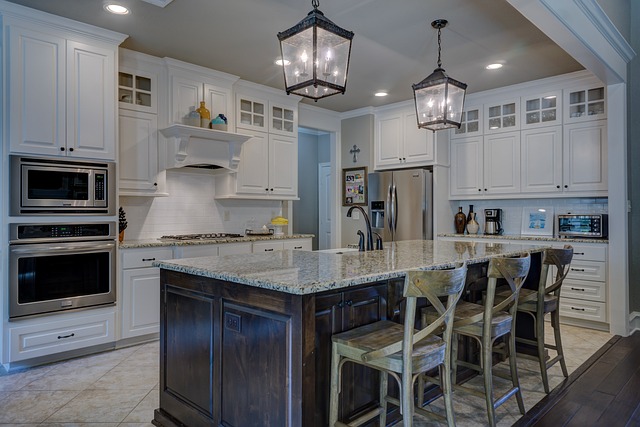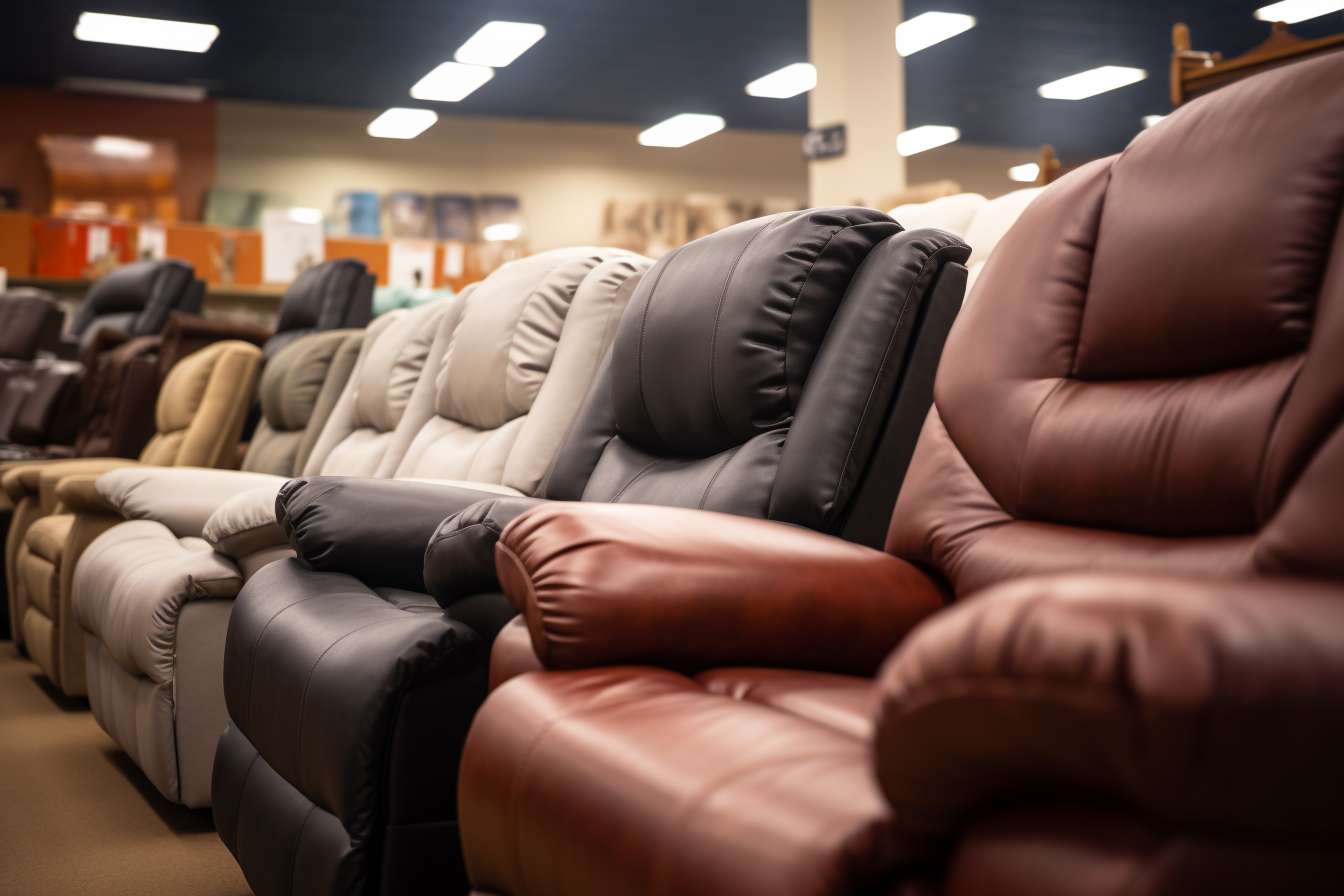Explore kitchen island options to enhance your kitchen experience
A kitchen island serves as both a functional workspace and a focal point that can dramatically transform how you use and enjoy your kitchen. These versatile additions provide extra counter space, storage solutions, and often become the heart of family gatherings and entertaining. Whether you're planning a kitchen renovation or simply looking to maximize your current space, understanding the various island options available can help you make an informed decision that enhances both the functionality and aesthetic appeal of your kitchen.

Types of Kitchen Island
Kitchen islands come in several distinct styles, each designed to meet different needs and space requirements. Fixed islands are permanently installed and offer the most stability and storage capacity, making them ideal for larger kitchens. Rolling or portable islands provide flexibility for smaller spaces, allowing you to move them as needed or store them away when not in use. L-shaped islands work well in corner spaces and provide ample counter area, while galley-style islands are perfect for narrow kitchens, creating an efficient workflow between cooking areas.
Multi-level islands incorporate different heights to separate food preparation areas from dining spaces, while peninsula islands connect to existing countertops, extending workspace without requiring a completely free-standing structure. Each type offers unique advantages depending on your kitchen layout, family size, and cooking habits.
What are the Common Materials for Kitchen Island Countertops?
Countertop materials significantly impact both the functionality and appearance of your kitchen island. Granite remains a popular choice due to its durability, heat resistance, and natural beauty, though it requires periodic sealing to maintain its appearance. Quartz engineered stone offers similar aesthetics with enhanced durability and lower maintenance requirements, making it increasingly popular among homeowners.
Marble provides elegant luxury but requires careful maintenance due to its porous nature and susceptibility to staining. Butcher block countertops create a warm, natural appearance and work exceptionally well for food preparation, though they need regular oiling and care. Stainless steel offers professional-grade durability and hygiene, particularly appealing to serious home cooks. Concrete countertops allow for complete customization and can be tinted or textured to match any design aesthetic, while laminate options provide budget-friendly solutions with increasingly sophisticated appearances.
How can a Custom Kitchen Island Enhance Your Space?
Custom kitchen islands offer the advantage of being specifically designed to fit your exact space, needs, and lifestyle preferences. Unlike pre-fabricated options, custom islands can incorporate unique storage solutions such as specialized drawers for cookware, built-in wine racks, or hidden compartments for small appliances. They can be designed to accommodate your specific height requirements, ensuring comfortable food preparation and cooking experiences.
Custom islands allow for personalized electrical and plumbing configurations, enabling features like additional outlets, USB charging stations, or integrated sinks and dishwashers. The design flexibility extends to incorporating multiple functions within a single piece, such as combining food preparation areas with breakfast bars, homework stations, or entertainment centers. Additionally, custom islands can perfectly match your existing cabinetry and design aesthetic, creating a cohesive look throughout your kitchen.
What Features Should You Consider for a Kitchen Island with Seating?
When incorporating seating into your kitchen island design, several key features require careful consideration. Counter height and seating style must work together harmoniously – standard counter height (36 inches) pairs well with counter stools, while bar height (42 inches) requires bar stools with appropriate footrests for comfort.
Knee space allocation is crucial for comfortable seating, typically requiring 24 inches of width per person and adequate depth for leg room. Overhang depth should measure at least 10-12 inches for counter height seating and 12-15 inches for bar height configurations. Consider the flow of traffic around the island to ensure seated guests don’t obstruct kitchen workflows.
Electrical considerations become important when planning seating areas, as you may want to include outlets for device charging or small appliances. Storage integration beneath seating areas can maximize functionality while maintaining clean lines. Additionally, consider whether you prefer fixed seating built into the island structure or flexible options that allow you to adjust the number of seats based on your needs.
| Island Type | Average Cost Range | Key Features |
|---|---|---|
| Basic Rolling Island | $200 - $800 | Portable, basic storage, wheels |
| Fixed Island (Basic) | $1,500 - $4,000 | Permanent installation, standard storage |
| Custom Island | $3,000 - $10,000+ | Tailored design, premium materials, specialized features |
| Island with Seating | $2,500 - $8,000 | Integrated seating, extended countertop |
| Multi-Level Island | $4,000 - $12,000 | Variable heights, complex design elements |
Prices, rates, or cost estimates mentioned in this article are based on the latest available information but may change over time. Independent research is advised before making financial decisions.
The installation complexity and associated costs vary significantly based on your chosen island type and desired features. Basic rolling islands require no installation, while custom fixed islands may need electrical work, plumbing modifications, and professional installation, significantly impacting the total investment required.
Kitchen islands represent a valuable investment that can enhance both daily functionality and long-term home value. By carefully considering the various types, materials, customization options, and seating features available, you can select an island solution that perfectly complements your kitchen space and lifestyle needs. Whether you choose a simple portable option or invest in a fully custom design, a well-planned kitchen island can transform your cooking experience and create a more enjoyable, efficient kitchen environment for years to come.




